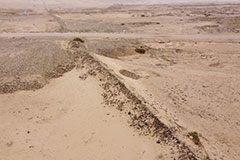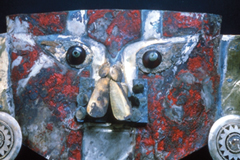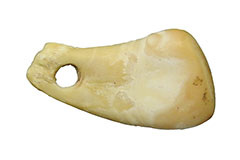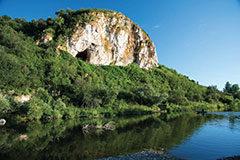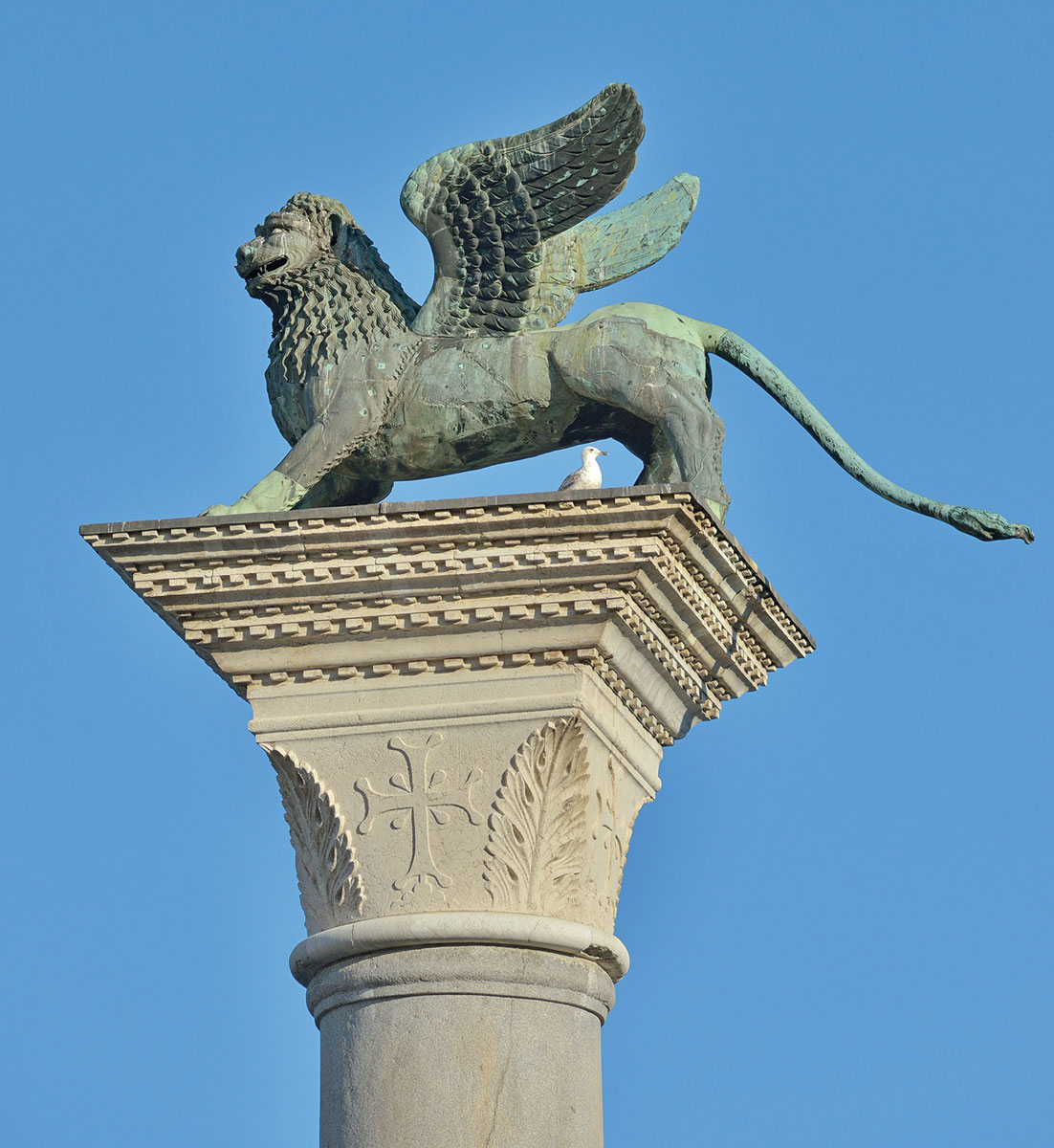Features From the Issue
-
Features
Secrets of the Seven Wonders
How archaeologists are rediscovering the ancient world's most marvelous monuments
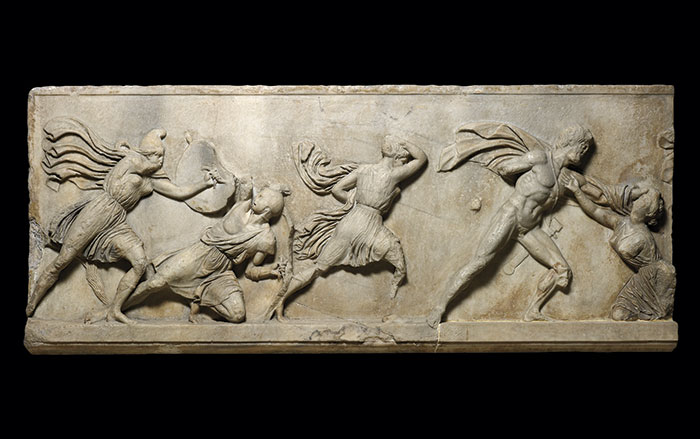 © The Trustees of the British Museum
© The Trustees of the British Museum -
Features
Acts of Faith
Evidence emerges of the day in 1562 when an infamous Spanish cleric tried to destroy Maya religion
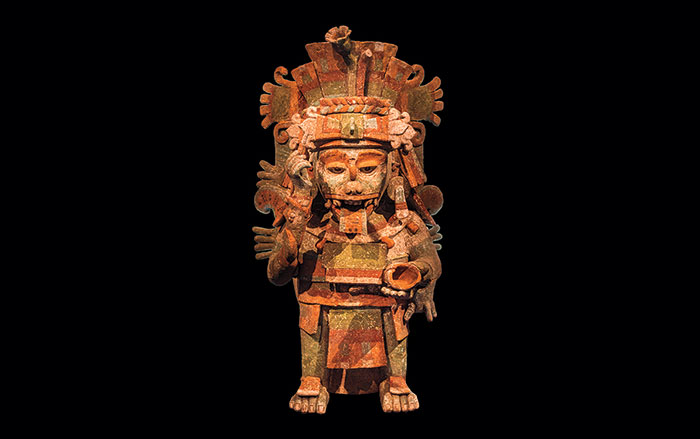 Adriana Rosas/Alamy
Adriana Rosas/Alamy -
Features
Temples to Tradition
A looted cache of bronzes compels archaeologists to explore Celtic sanctuaries across Burgundy
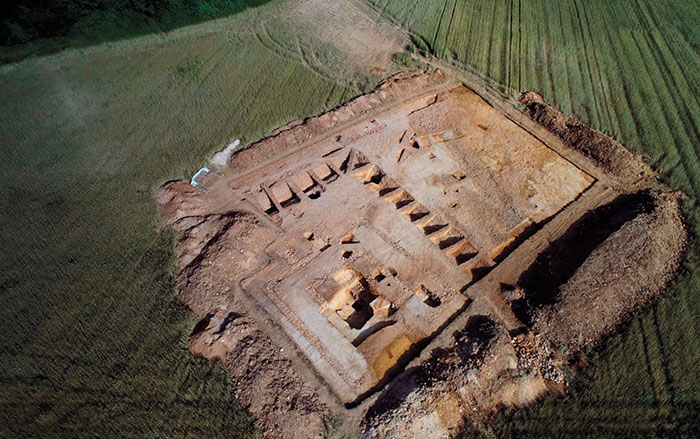 M. Thivet, MSHE
M. Thivet, MSHE -
Features
Oasis Makers of Arabia
Researchers are just beginning to understand how people thrived in the desert of Oman some 5,000 years ago
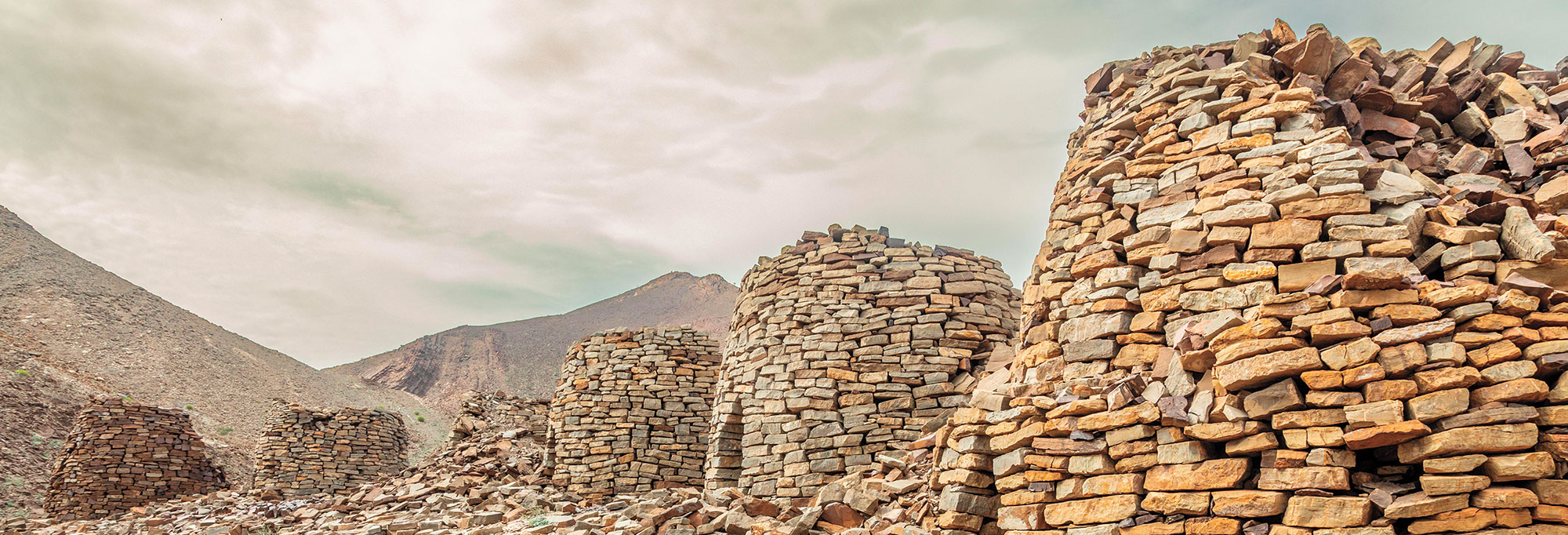 Vadim Nefedov/Alamy
Vadim Nefedov/Alamy -
Features
Searching for Venezuela’s Undiscovered Artists
Inspired by their otherworldly landscape, ancient people created a new rock art tradition
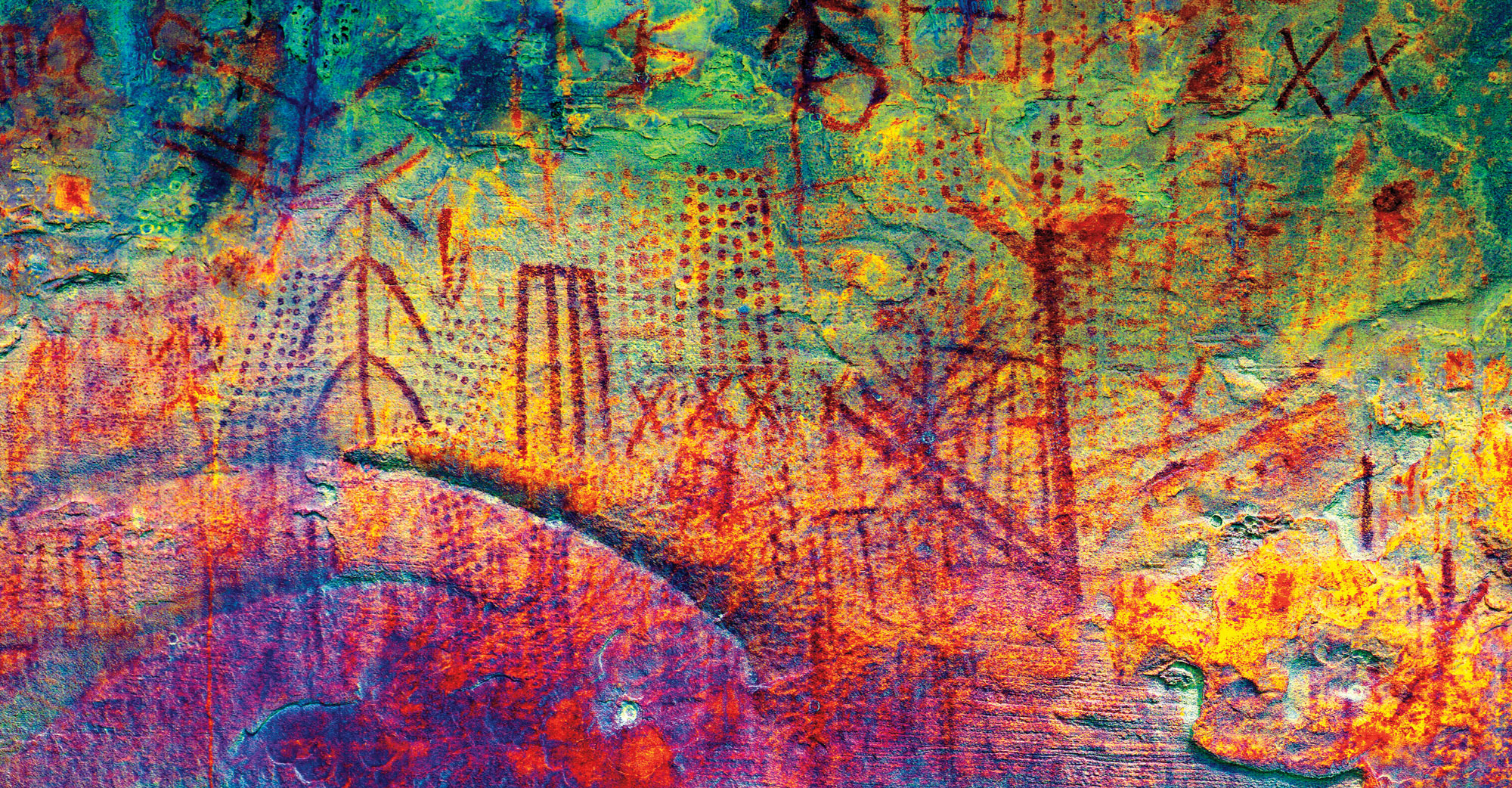 José Miguel Pérez-Gómez
José Miguel Pérez-Gómez
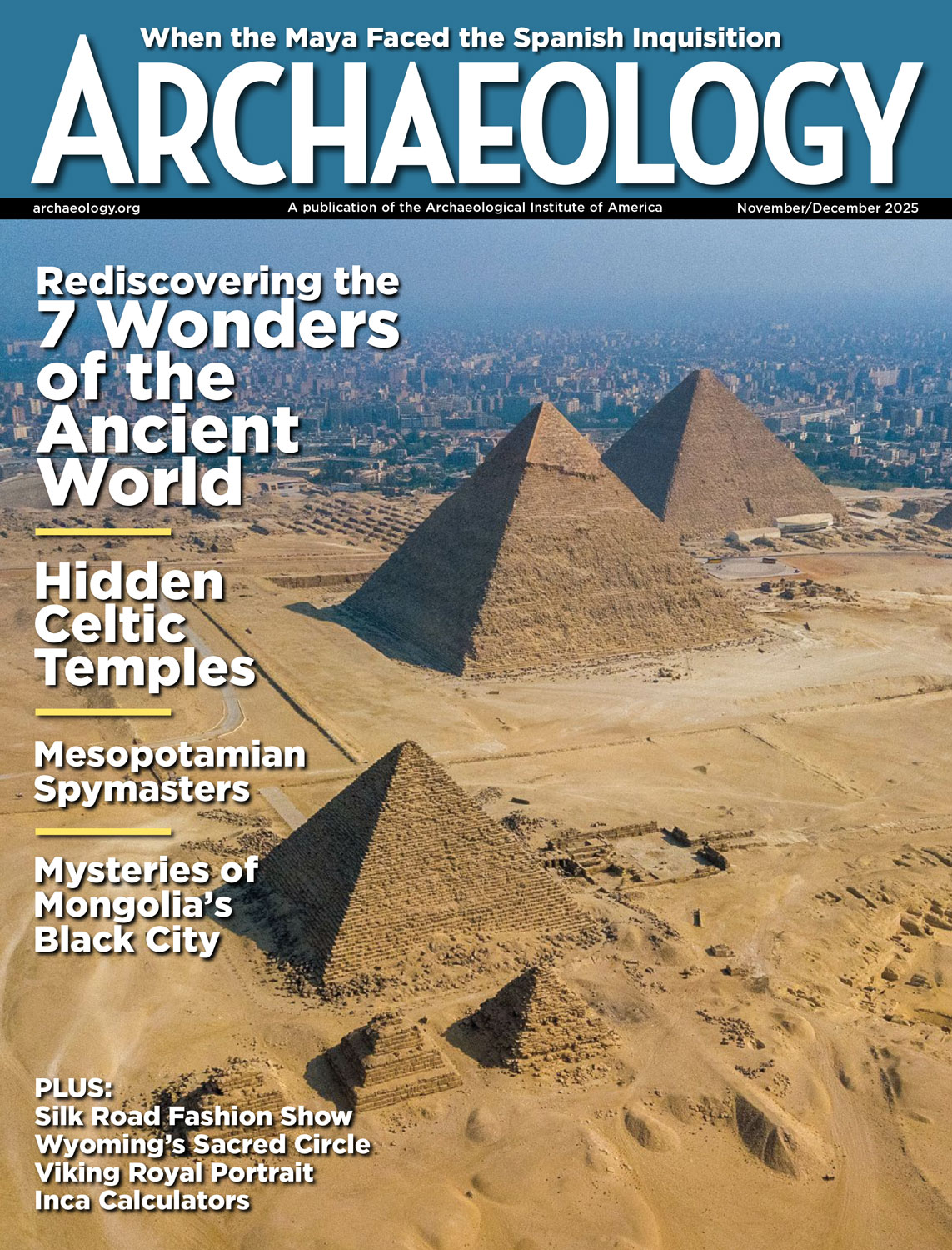
Letter from Mongolia
Letter from Mongolia
Building the Black City
Why the nomads of the Uighur Empire constructed a medieval urban center like no other
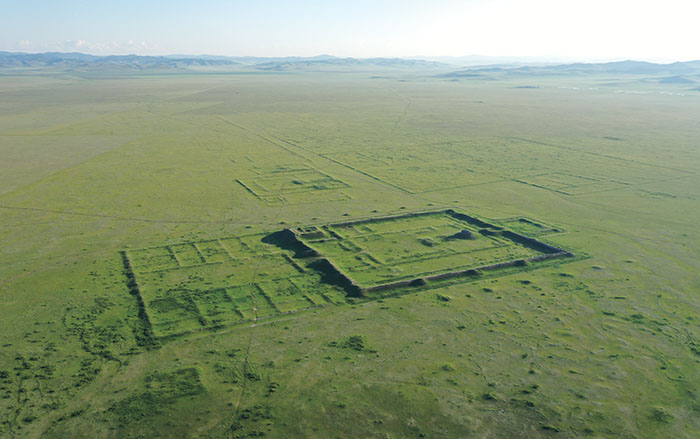
Artifact
Artifacts
Viking Chess Piece
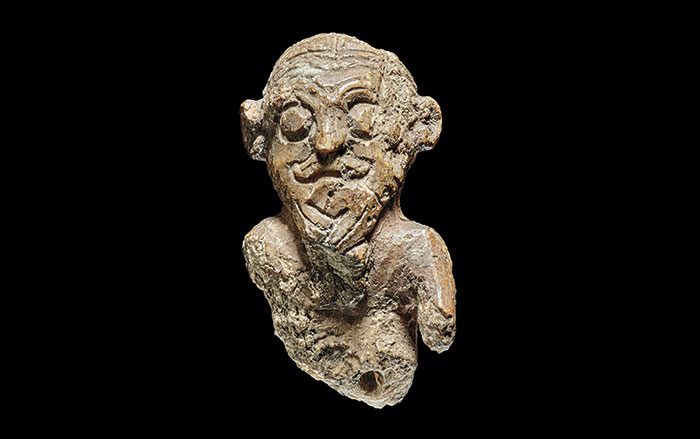
Digs & Discoveries
-
Digs & Discoveries
In His Majesty's Secret Service
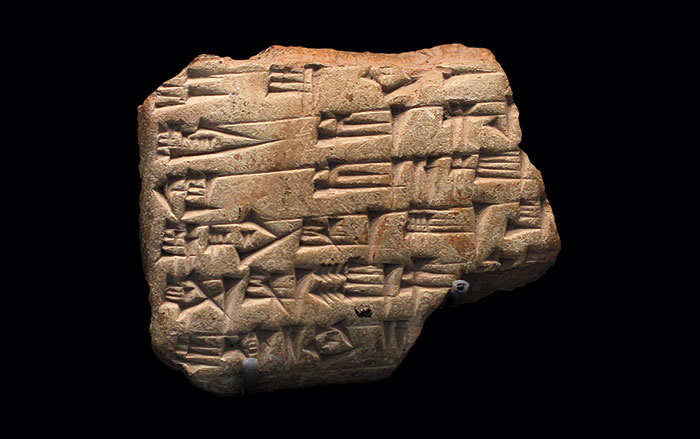 © 2012 Musée du Louvre, Dist. GrandPalaisRmn/Raphaël Chipault
© 2012 Musée du Louvre, Dist. GrandPalaisRmn/Raphaël Chipault -
Digs & Discoveries
Washington Risks It All
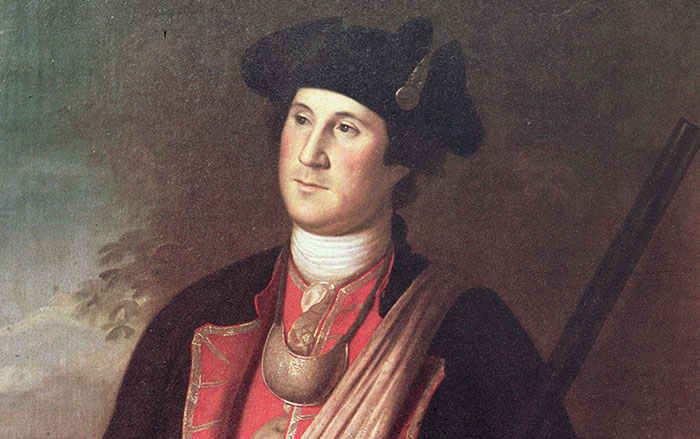 Peter Newark American Pictures/Bridgeman Images
Peter Newark American Pictures/Bridgeman Images -
Digs & Discoveries
Canine Couture
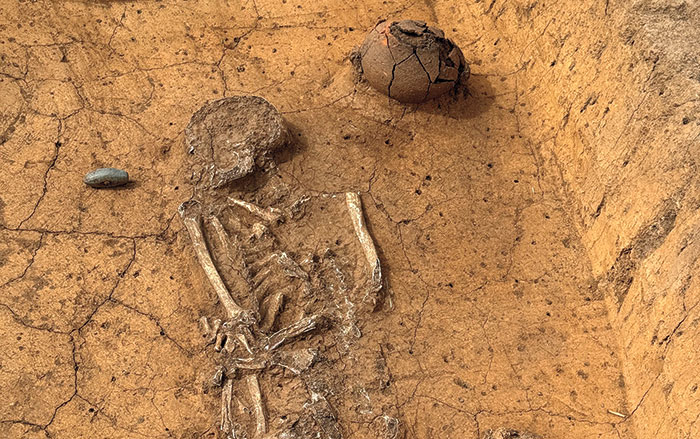 Photo by Klaus Bentele/State Office for Heritage Management and Archaeology Saxony-Anhalt
Photo by Klaus Bentele/State Office for Heritage Management and Archaeology Saxony-Anhalt -
Digs & Discoveries
Ancient Look Book
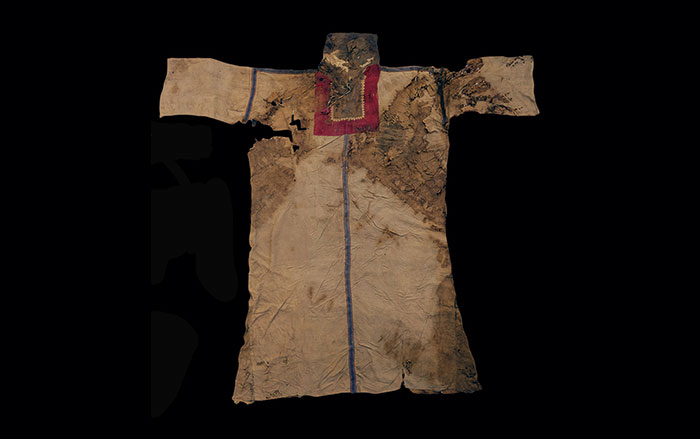 D. Hosner/DAI/ Institute of Archaeology and Cultural Heritage Xinjiang
D. Hosner/DAI/ Institute of Archaeology and Cultural Heritage Xinjiang -
Digs & Discoveries
Fossil Force
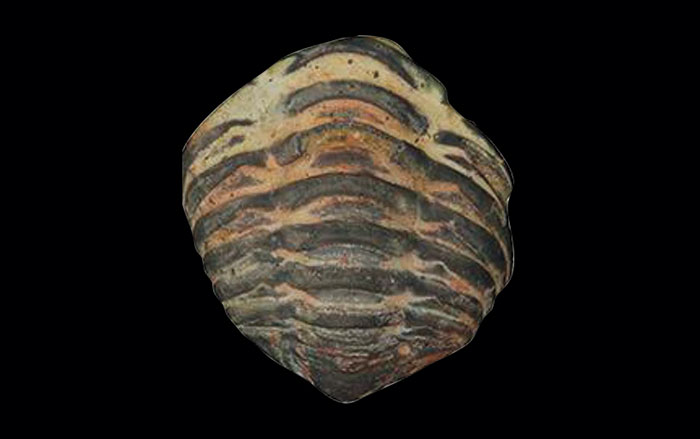 Adolfo Fernández-Fernández
Adolfo Fernández-Fernández -
Digs & Discoveries
The Egyptian Sequence
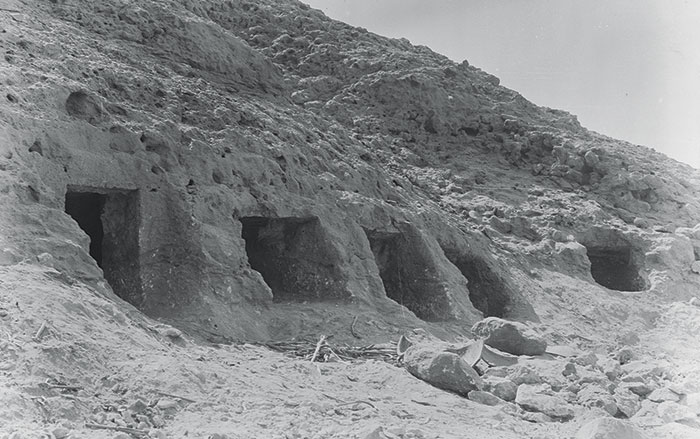 Garstang Museum of Archaeology, University of Liverpool
Garstang Museum of Archaeology, University of Liverpool -
Digs & Discoveries
BYOB(oar)
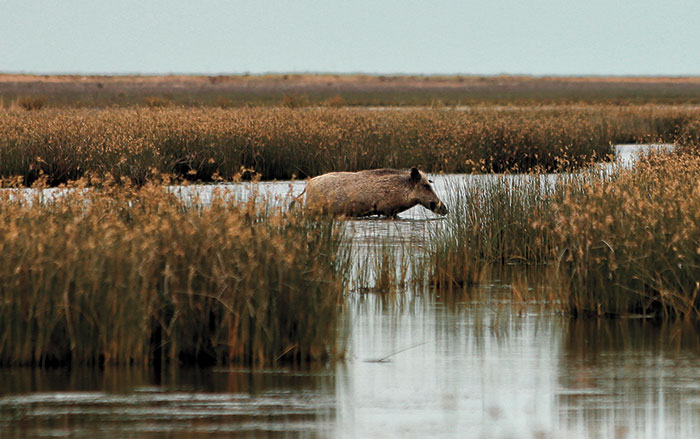 Ali Mohammadi/Alamy
Ali Mohammadi/Alamy -
Digs & Discoveries
Source Material
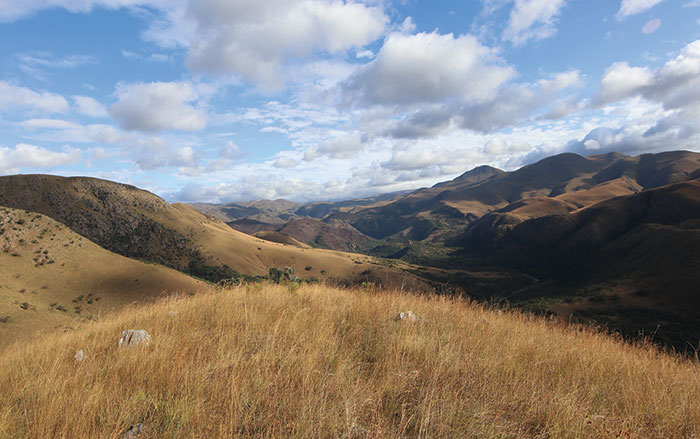 Gregor Bader
Gregor Bader -
Digs & Discoveries
A Knotty Problem
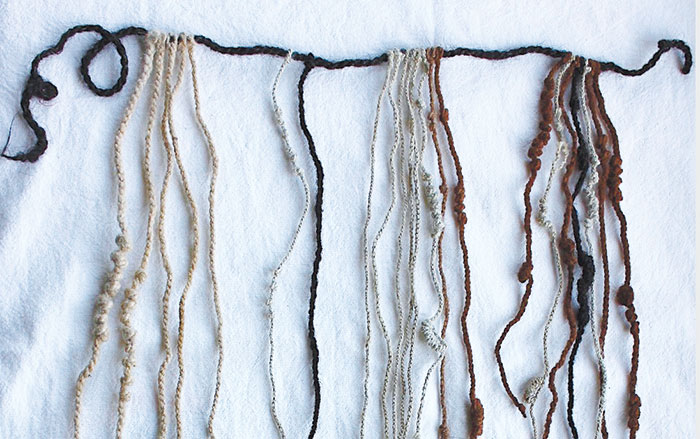 Sabine Hyland, School of Divinity, University of St Andrews
Sabine Hyland, School of Divinity, University of St Andrews -
Digs & Discoveries
A Familiar Face
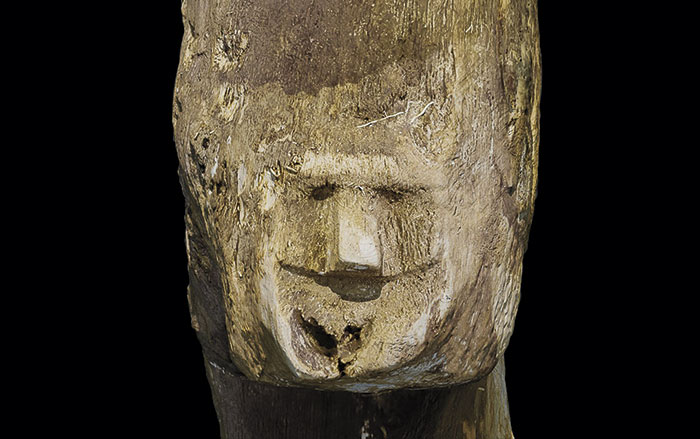 Andrzej Pydyn
Andrzej Pydyn -
Digs & Discoveries
On Her Own Two Feet
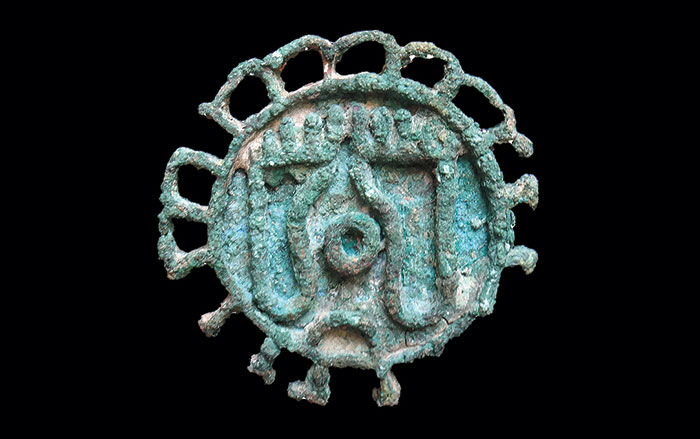 Ali A. Vahdati
Ali A. Vahdati
Off the Grid
Off the Grid November/December 2025
Bighorn Medicine Wheel, Wyoming
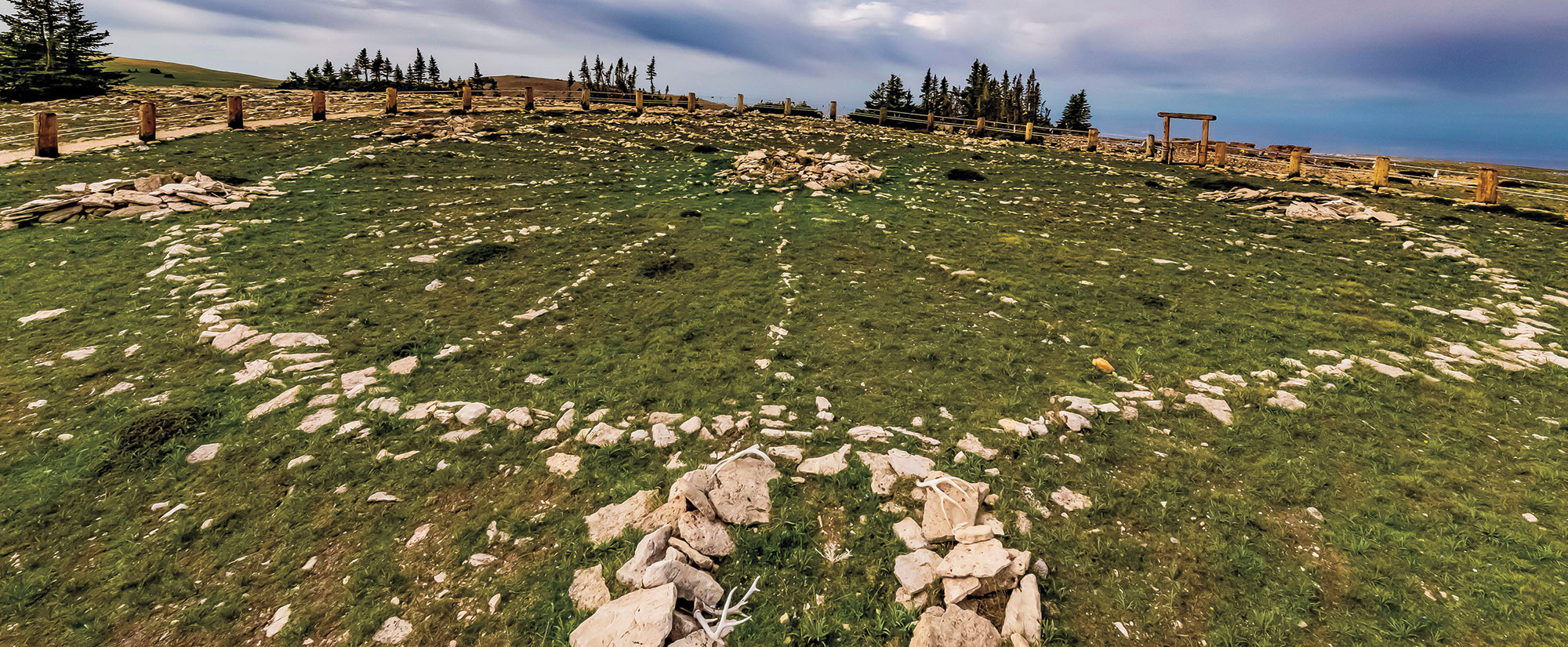
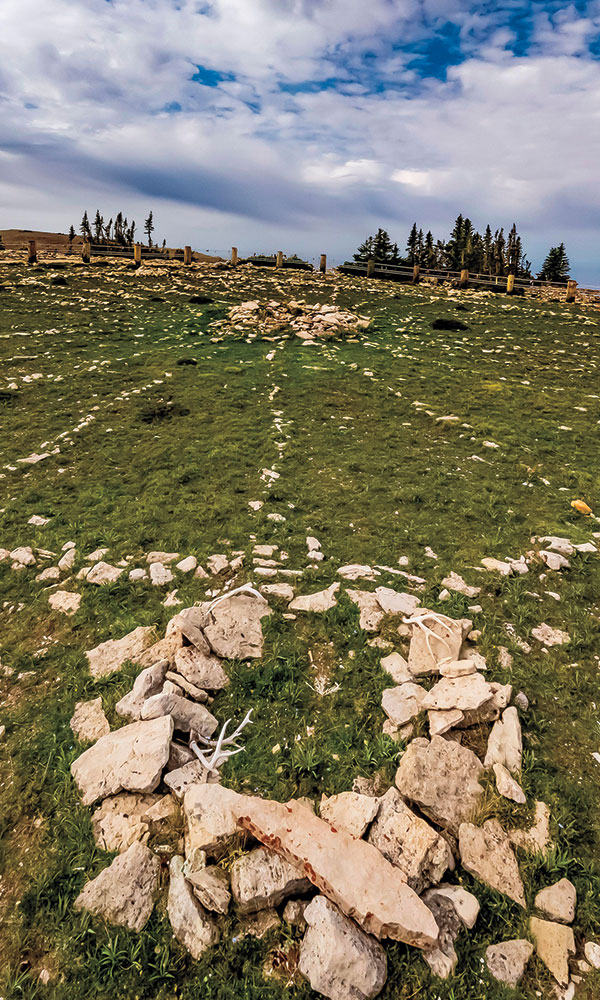
Around the World
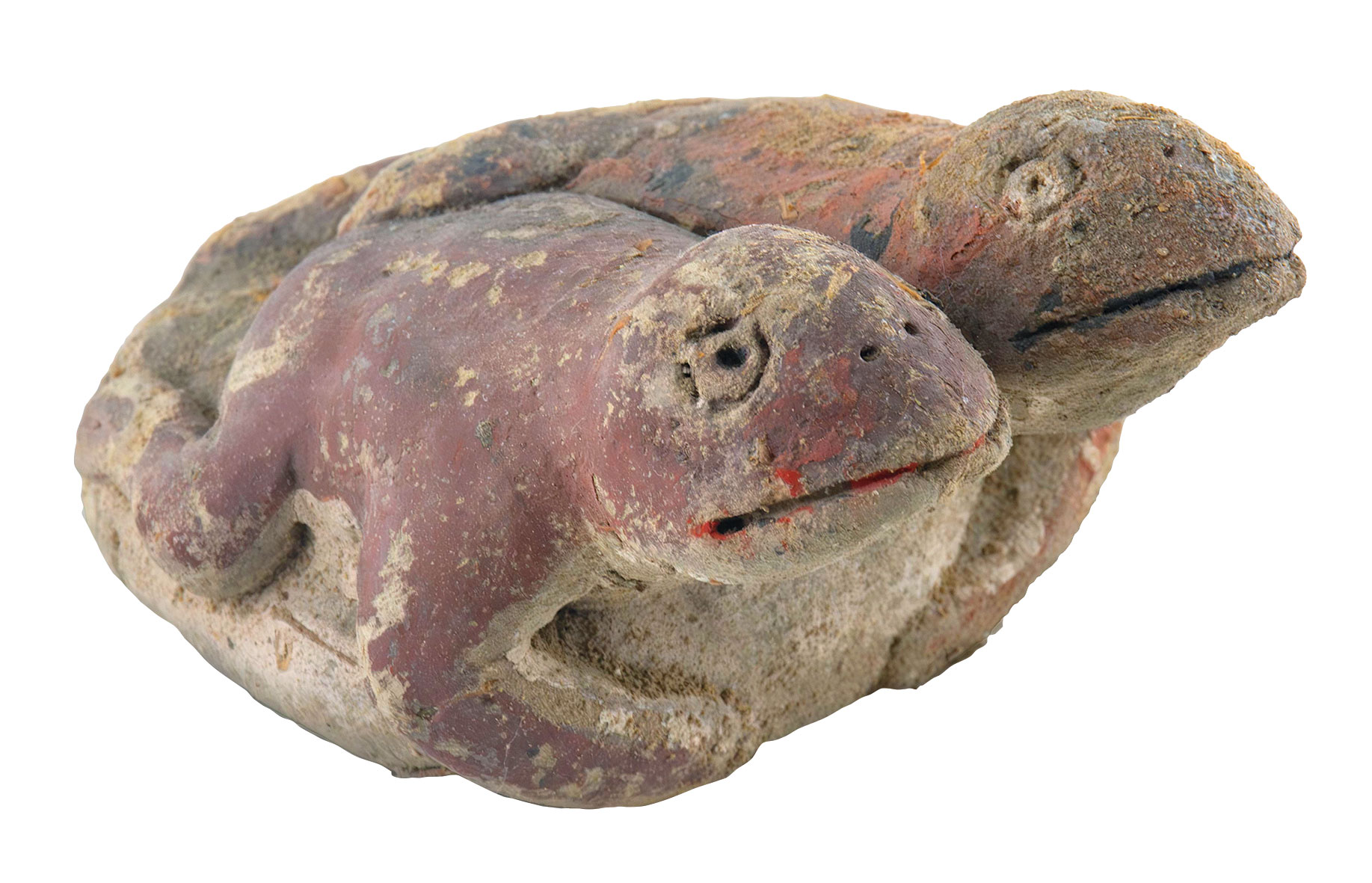
PERU
A one-of-a-kind clay figurine depicting conjoined frogs found at the site of Vichama may represent evidence of a looming crisis faced by the Caral civilization 3,800 years ago. In Andean culture, these amphibians were associated with water, rainfall, and rejuvenation. It’s likely that when the 5-inch-long statuette was created, local communities were suffering from an unstable climate. The small object may have been used in ceremonies to invoke frogs’ role as conjurers of rain and balance.
Related Content
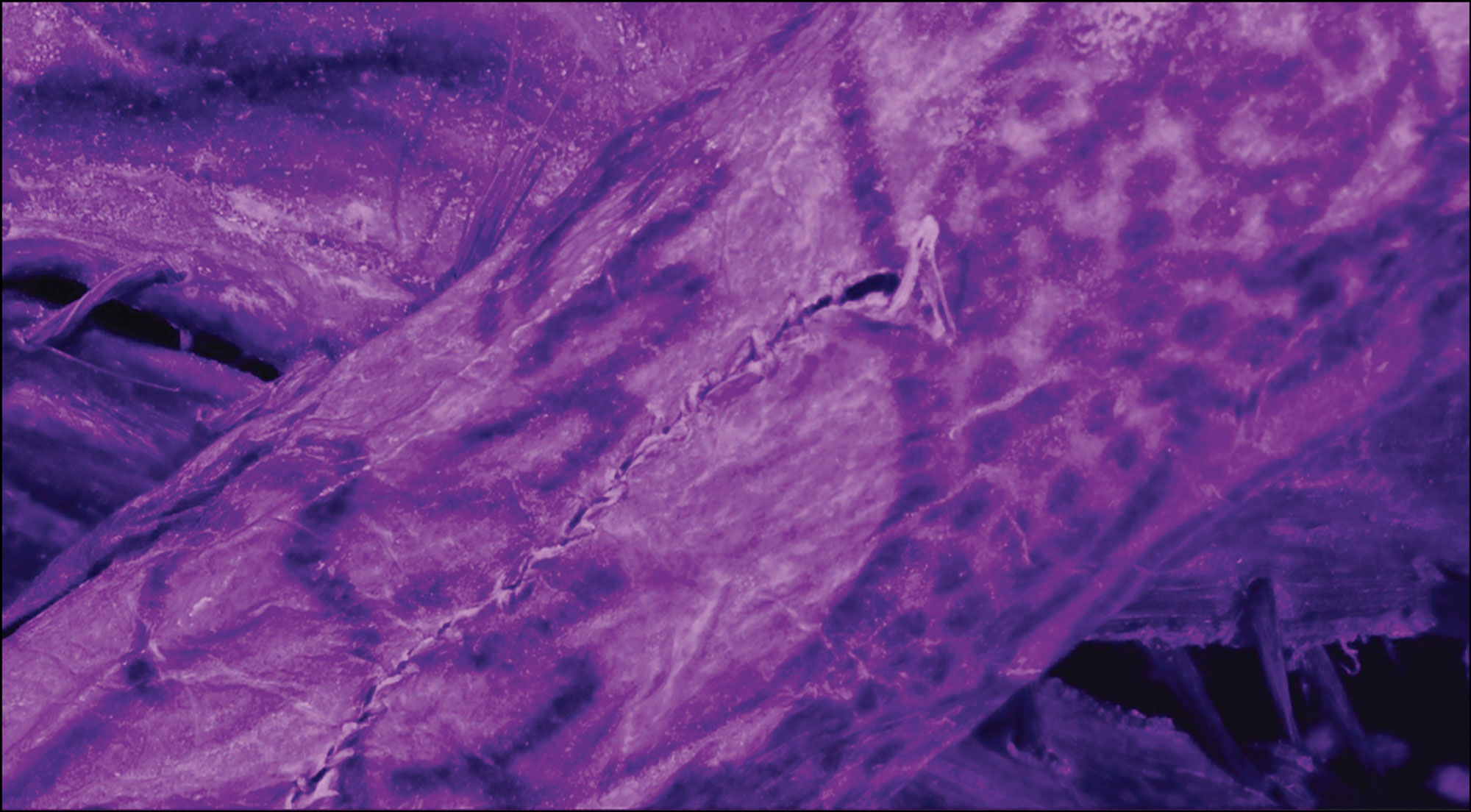
RUSSIA
High-resolution imaging has exposed previously invisible tattoos on the frozen remains of a woman buried in Siberia’s Altai Mountains. The 50-year-old woman was a member of the nomadic Pazyryk culture, which inhabited the Eurasian steppe around 2,500 years ago. Scans revealed that her arms were covered in elaborate fighting scenes that included leopards, tigers, and stags. The complex designs were executed with such skill that today’s tattoo artists would surely admire their predecessors’ talents.
Related Content
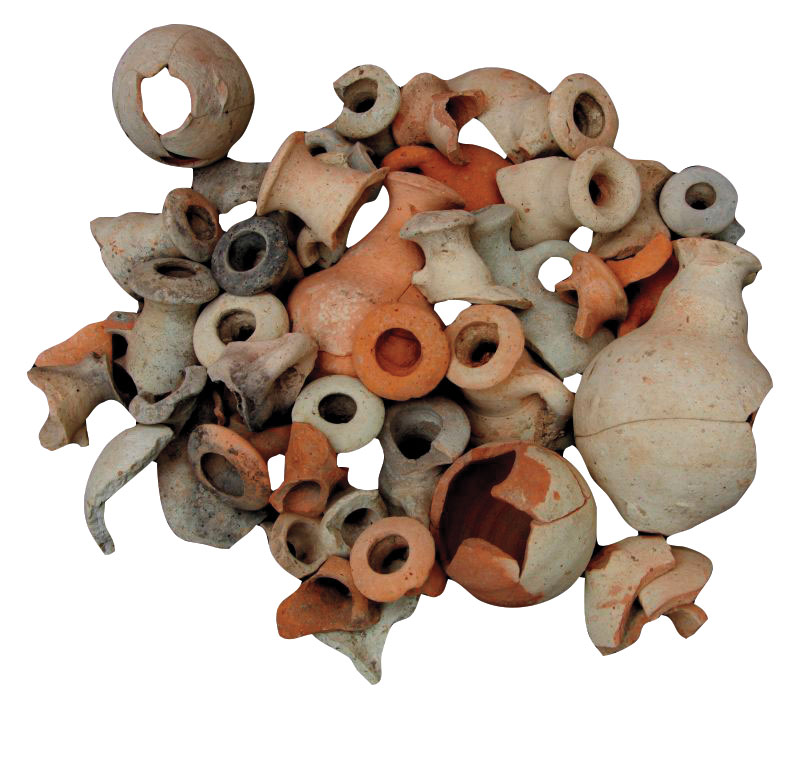
ITALY
When the Phoenicians explored the Mediterranean Sea in the 1st millennium b.c., founding new settlements in far-off lands, they brought the familiar scents of home with them. A study of 51 ceramic bottles found in the Phoenician city of Motya on San Pantaleo Island revealed that all were made in the Phoenician homeland, in present-day Lebanon, between the 8th and 6th centuries b.c. Residue analysis identified the essential components of fragrant oils, suggesting that Phoenician sailors used the bottles to carry perfumes on their trips abroad.
Related Content
Slideshow: Keepers and Finders of Gallo-Roman Sanctuaries
The Celtic people inhabiting what is now east-central France began demarcating sacred areas in the fourth century b.c. These areas slowly grew into sanctuaries that included sacred enclosures, wooden temples, and gathering areas. At these sites, worshippers left offerings of glass beads, iron farming tools, miniature drinking cups, battle trumpets called carnyces, and much more. In the first century b.c., the Romans made their influence felt at sites such as the Celtic city of Bibracte and the rural sanctuary of Couan. After Julius Caesar conquered Gaul (roughly modern France) in the 50s b.c., a hybrid Gallo-Roman culture developed, blending Celtic and Roman gods, and Celtic craftsmanship with Roman styles. In the past two decades, French archaeologists have been excavating these sanctuaries, seeking the elusive Celtic temples whose remnants lie beneath Gallo-Roman ones. In the process, they have unearthed wondrous and mundane artifacts dating from the fifth century b.c. to the fourth century a.d. Archaeologists are also realizing how many precious offerings have been lost to modern greed and looting. To read our article on excavations of Gallo-Roman sanctuaries, click here.
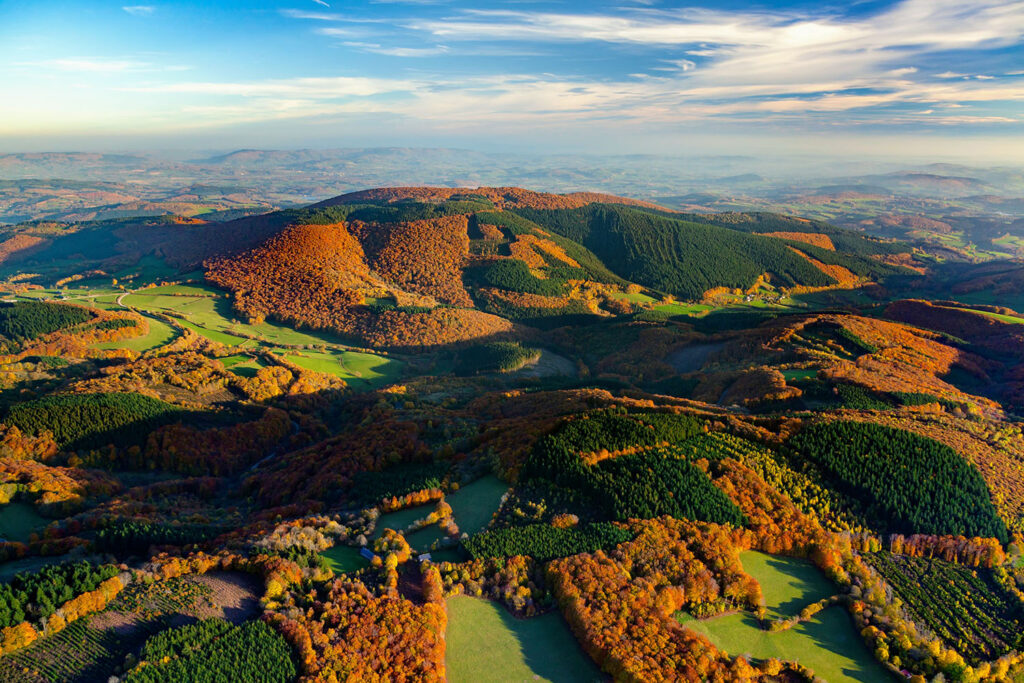
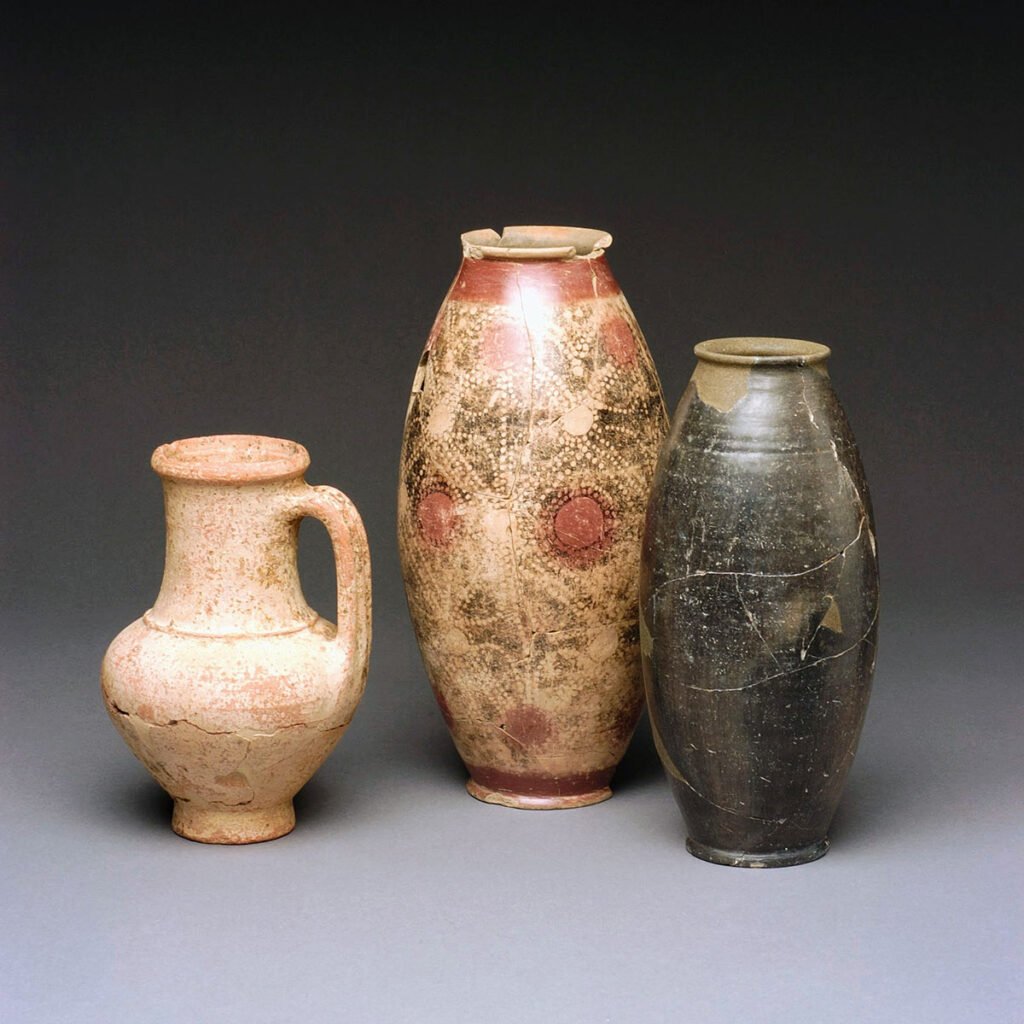
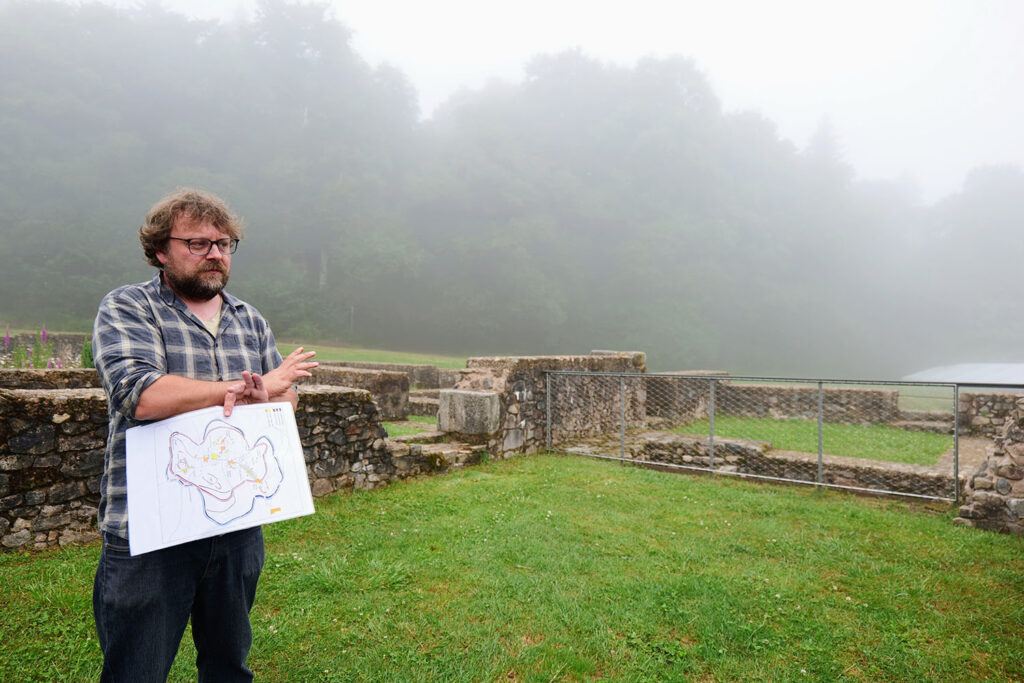
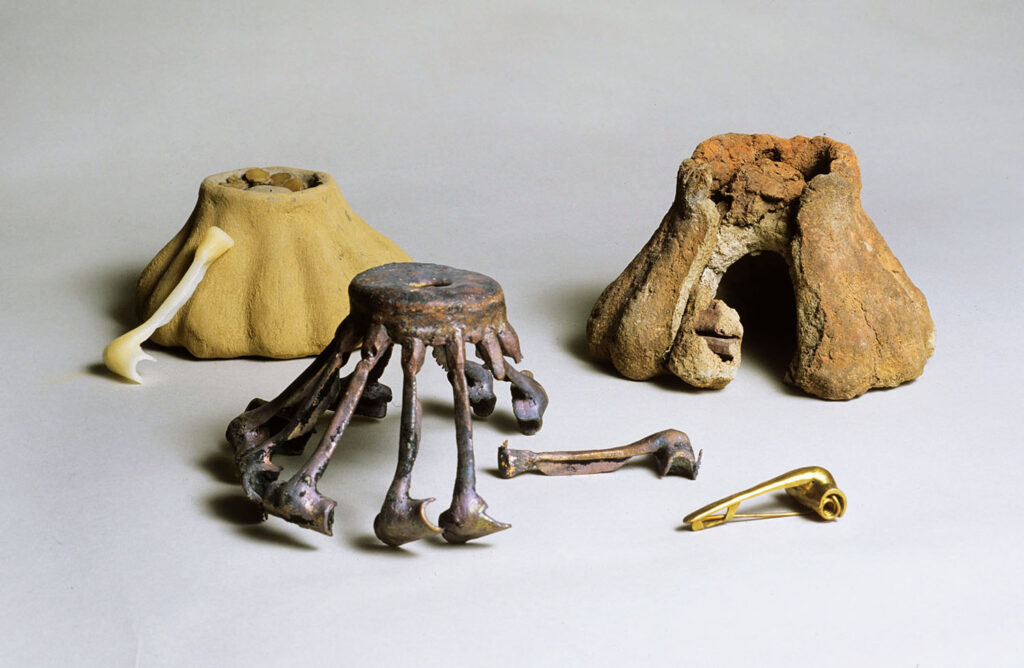
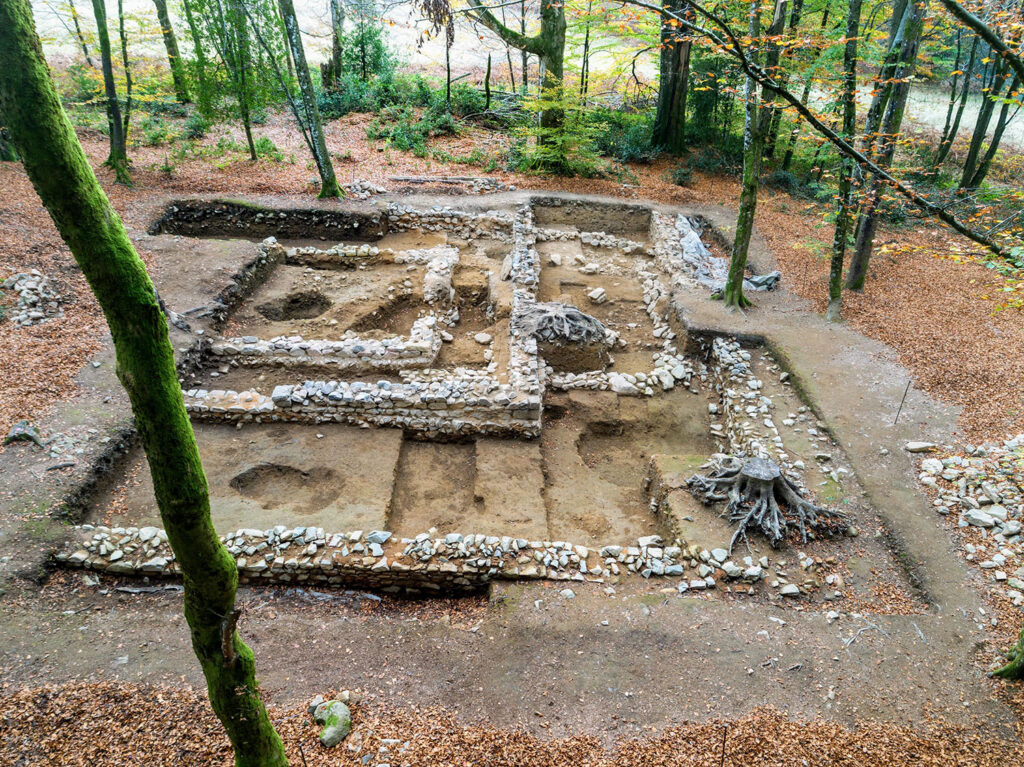
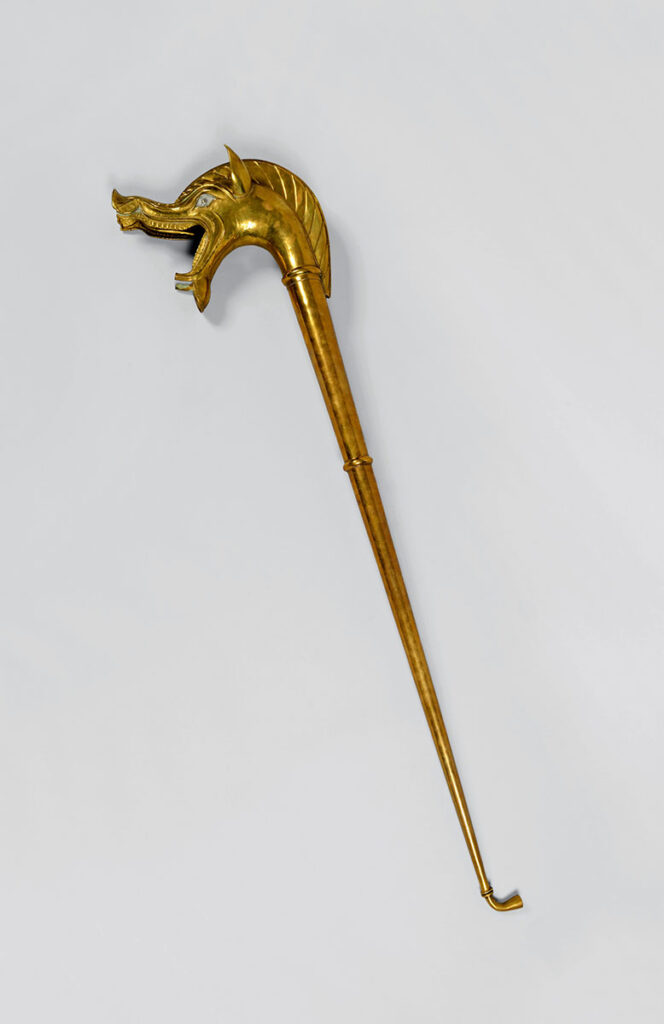
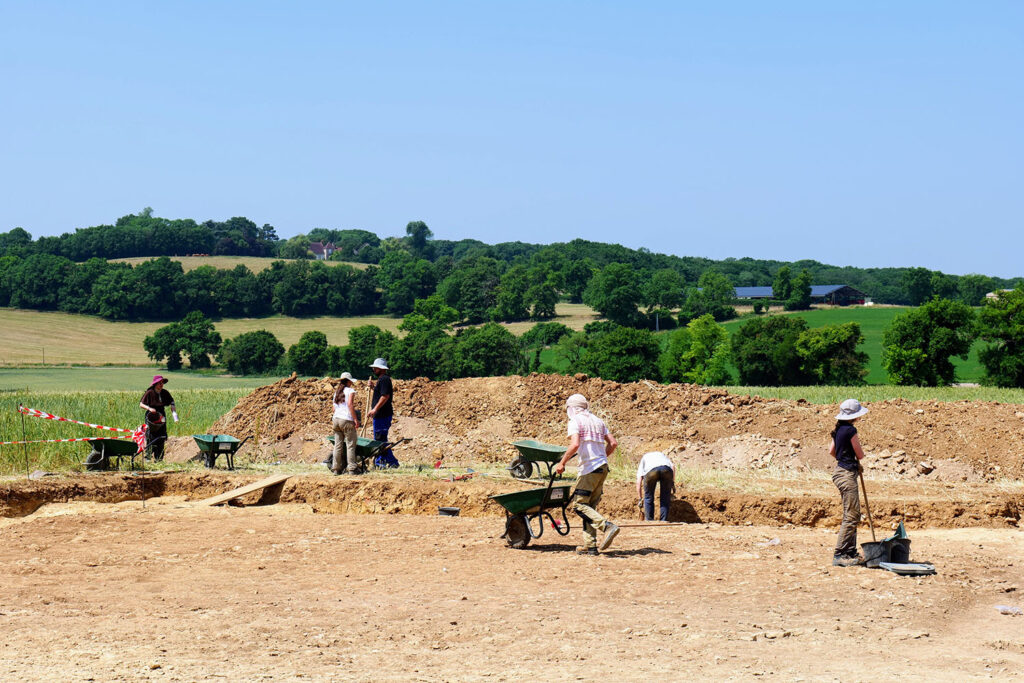
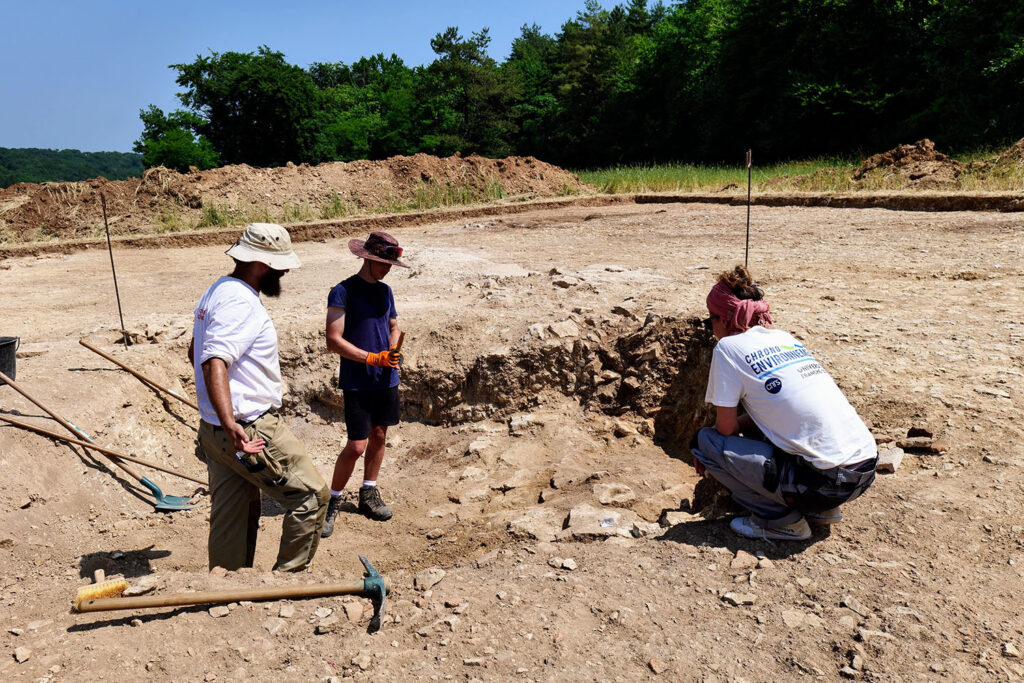
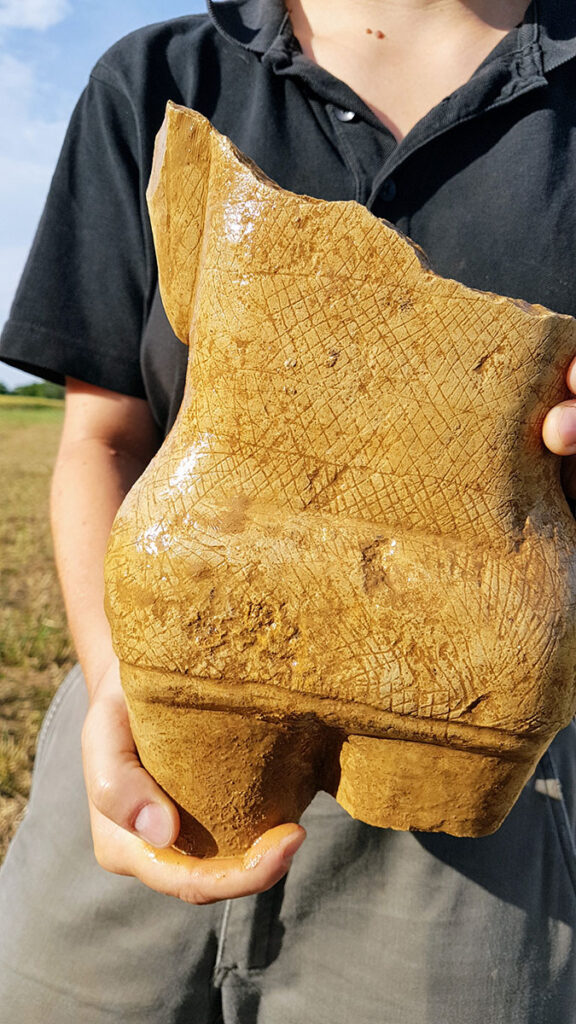
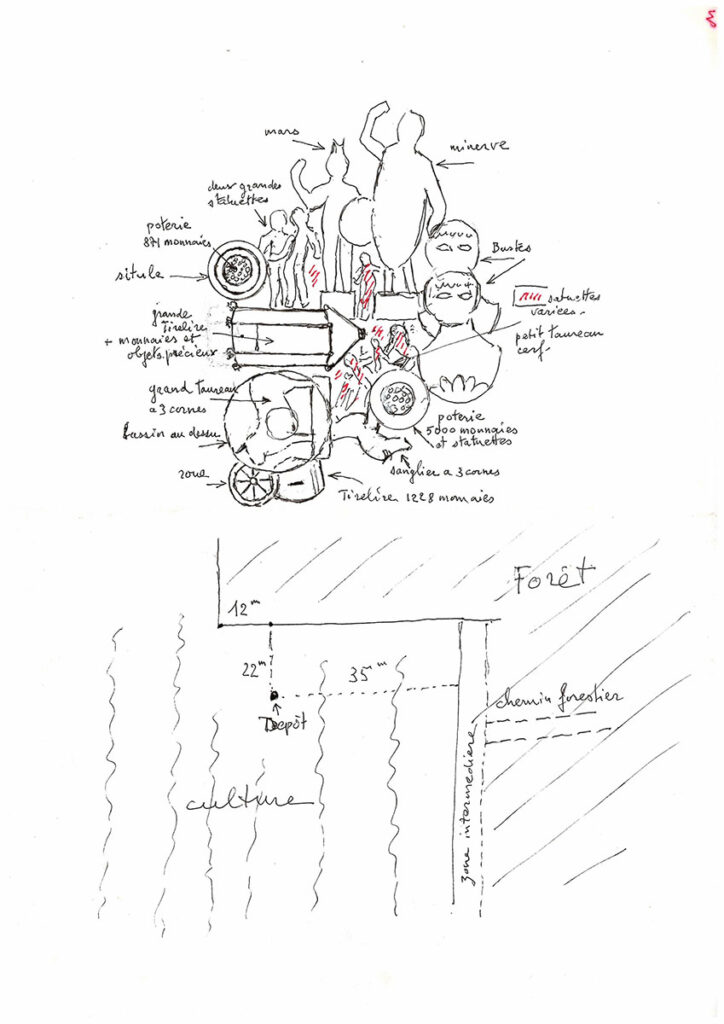
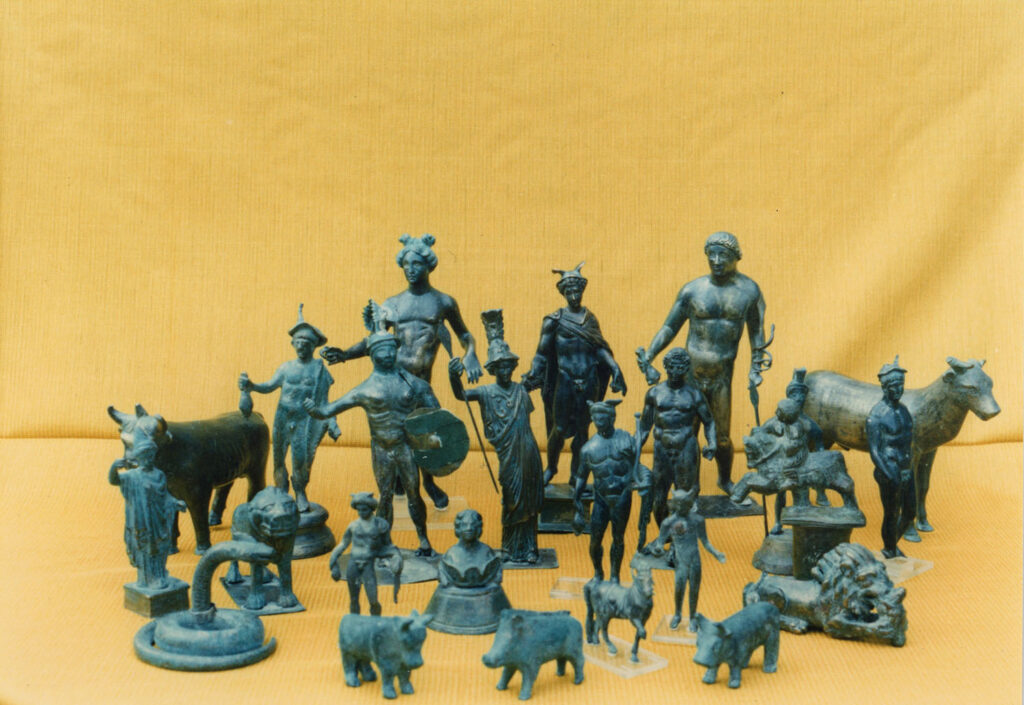
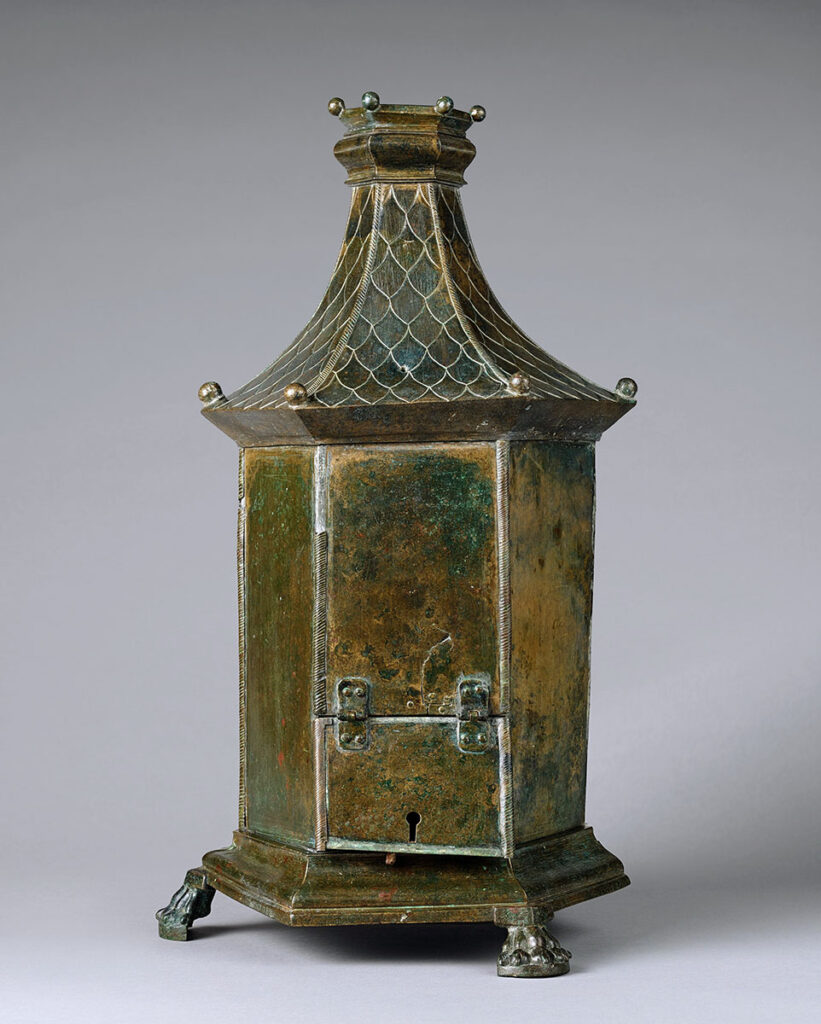
Slideshow: Exploring Venezuela’s Hidden Rock Art Wonders
In Venezuela’s vast Canaima National Park, a team from the Manoa Foundation led by archaeologist José Miguel Pérez-Gómez of Simón Bolívar University has discovered a number of previously unknown rock art sites. In the past decade and a half, the team has recorded dozens of rock panels covered with complex networks of abstract pictograms. These designs may have been inspired in part by the unique landscape of the Canaima region, the most notable feature of which are tabletop mountains called tepuis that are known for their dramatic waterfalls. Pérez-Gómez suspects these waterfalls, beloved by the people of Venezuela today, likely also inspired people who lived amid the tepuis some 9,000 years ago. To read our article on the rock art of the Canada region, click here.
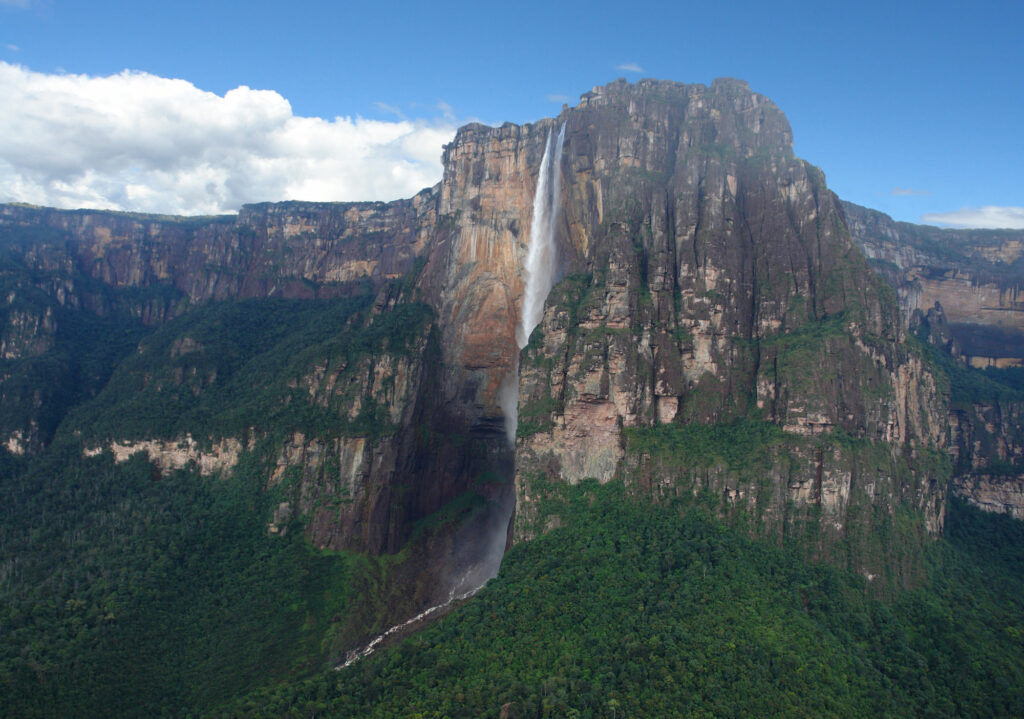
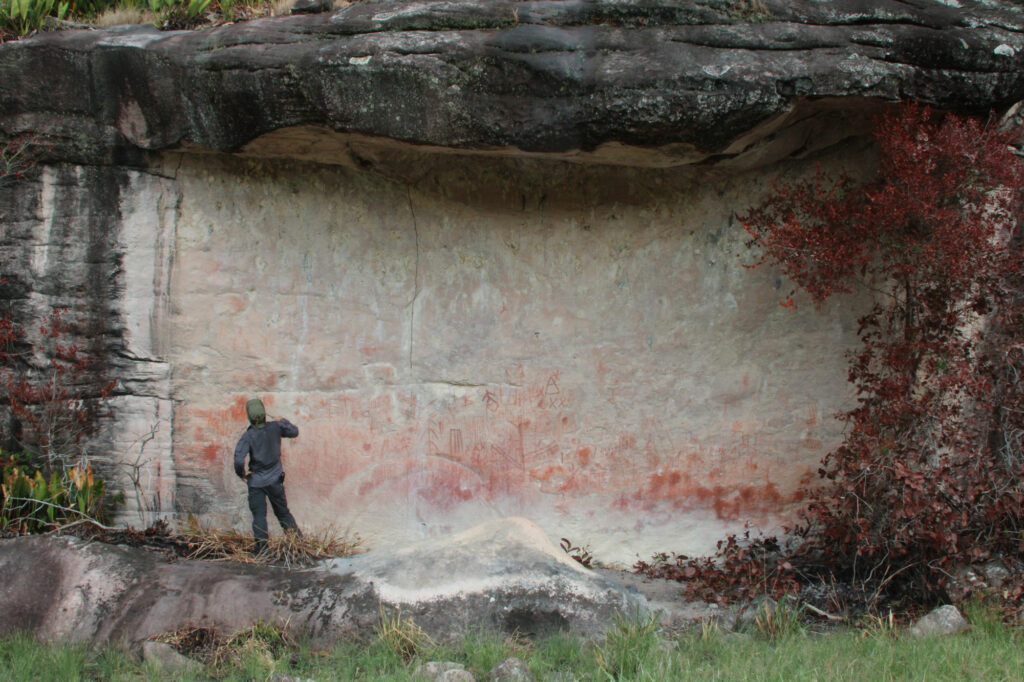
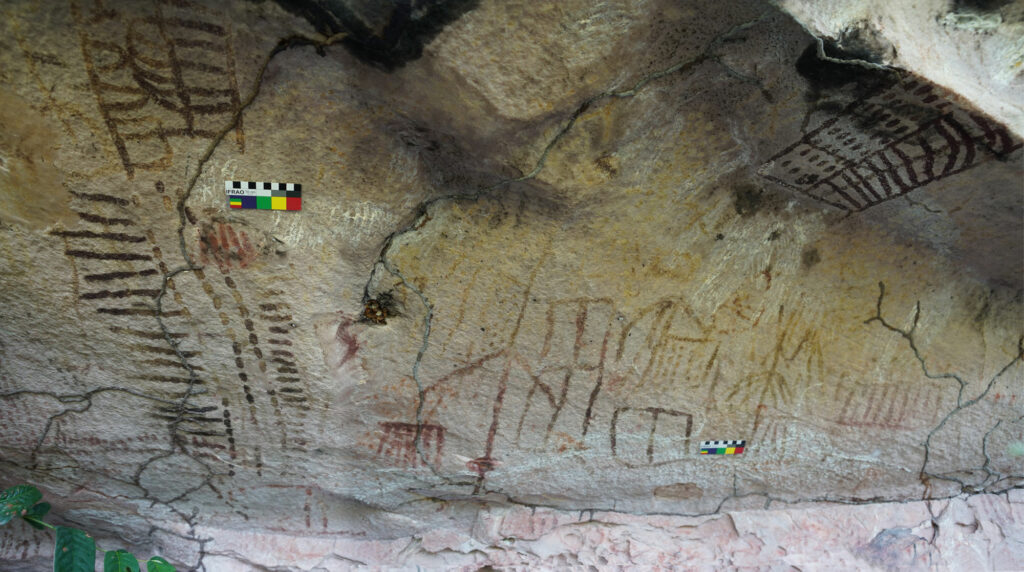
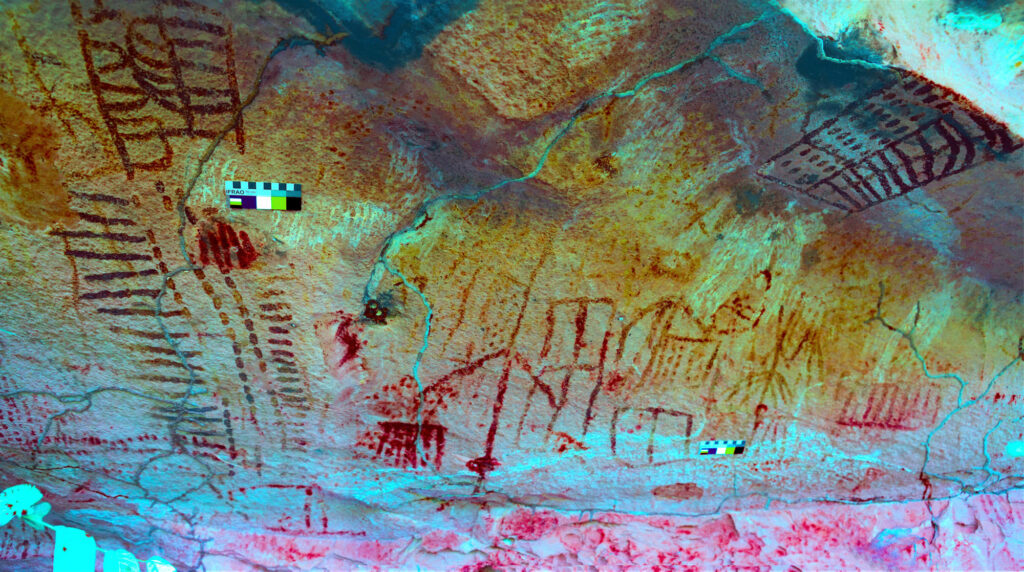
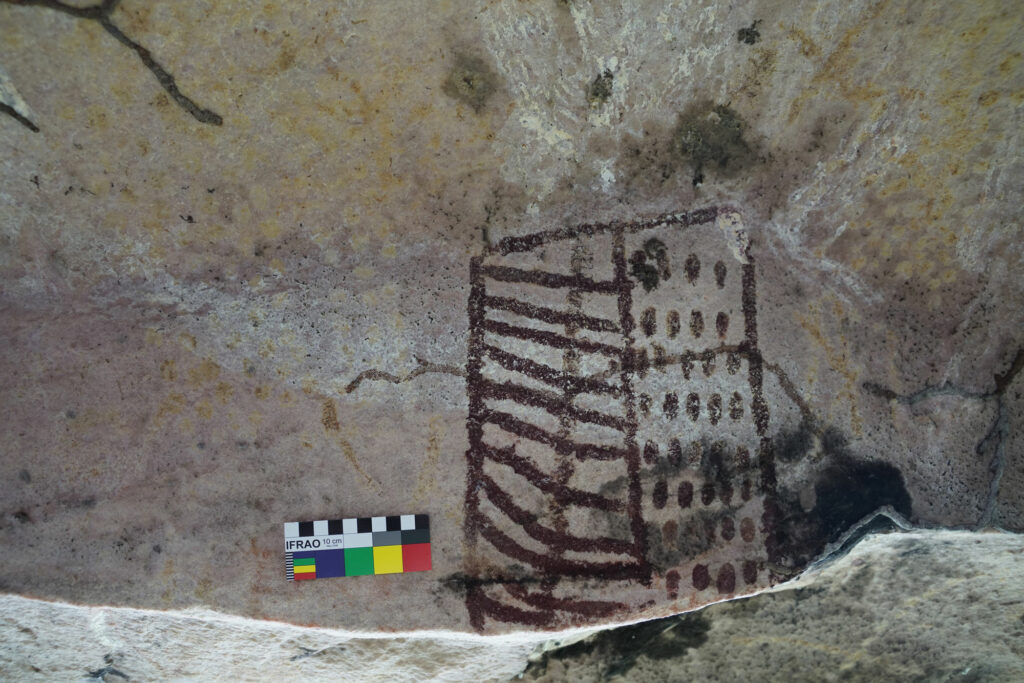
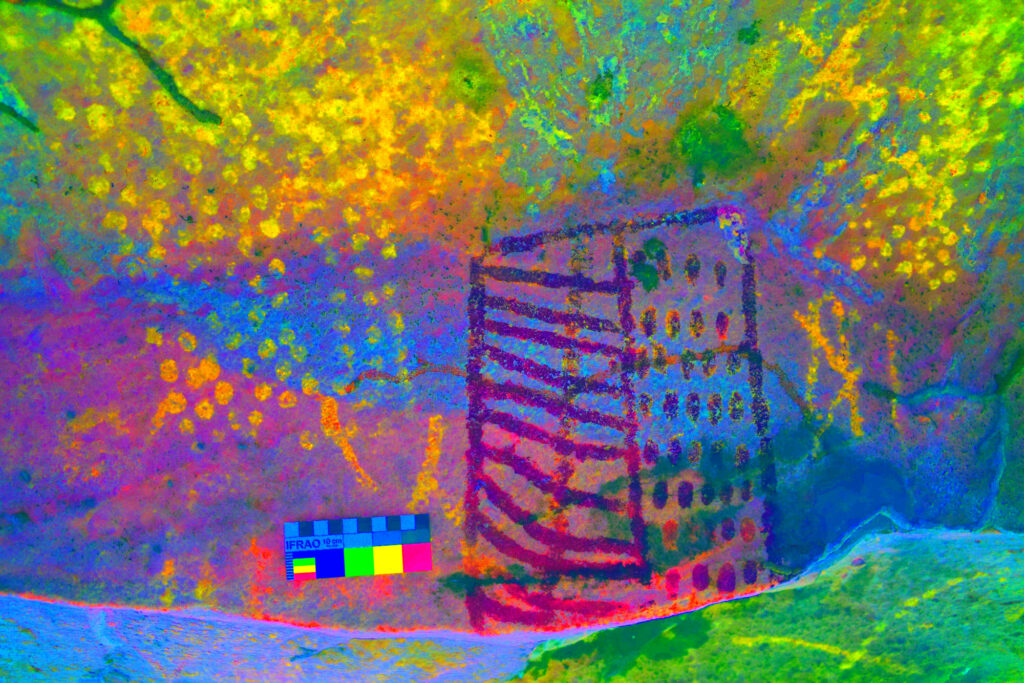
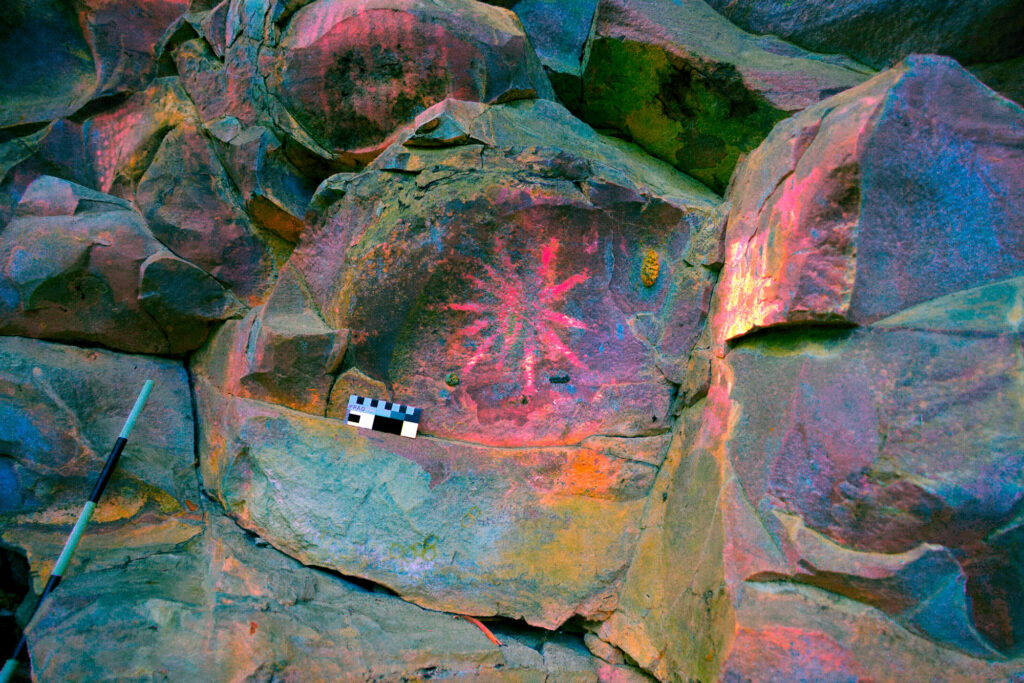
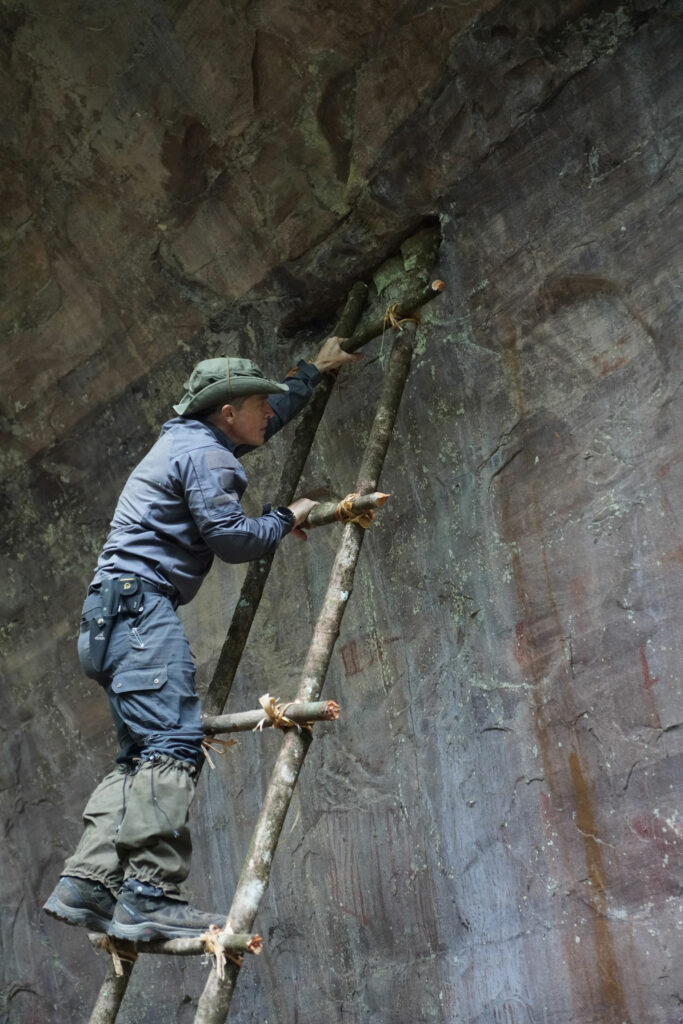
Slideshow: Vintage Threads
Recently, a team led by archaeologist Mayke Wagner of the German Archaeological Institute faithfully reconstructed 2,000-year-old silk and wool garments discovered at the site of Niya in what is now western China. They were placed in the grave of a young woman who scholars believe once wore the clothing. The garments’ elaborate construction suggests she was a person of some consequence in her community. Perhaps these specific outfits signaled her importance, or, perhaps, they were simply her favorite looks. To read our article on the garments discovered at Niya, click here.
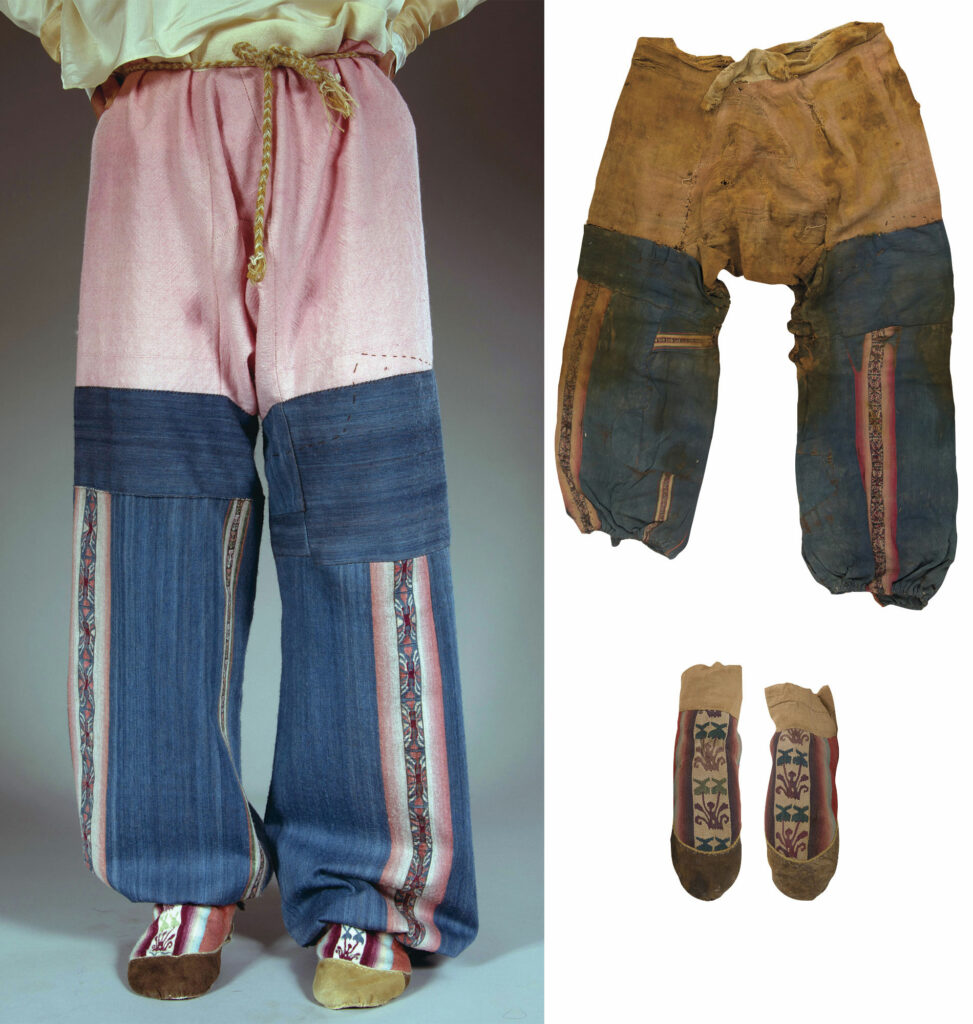
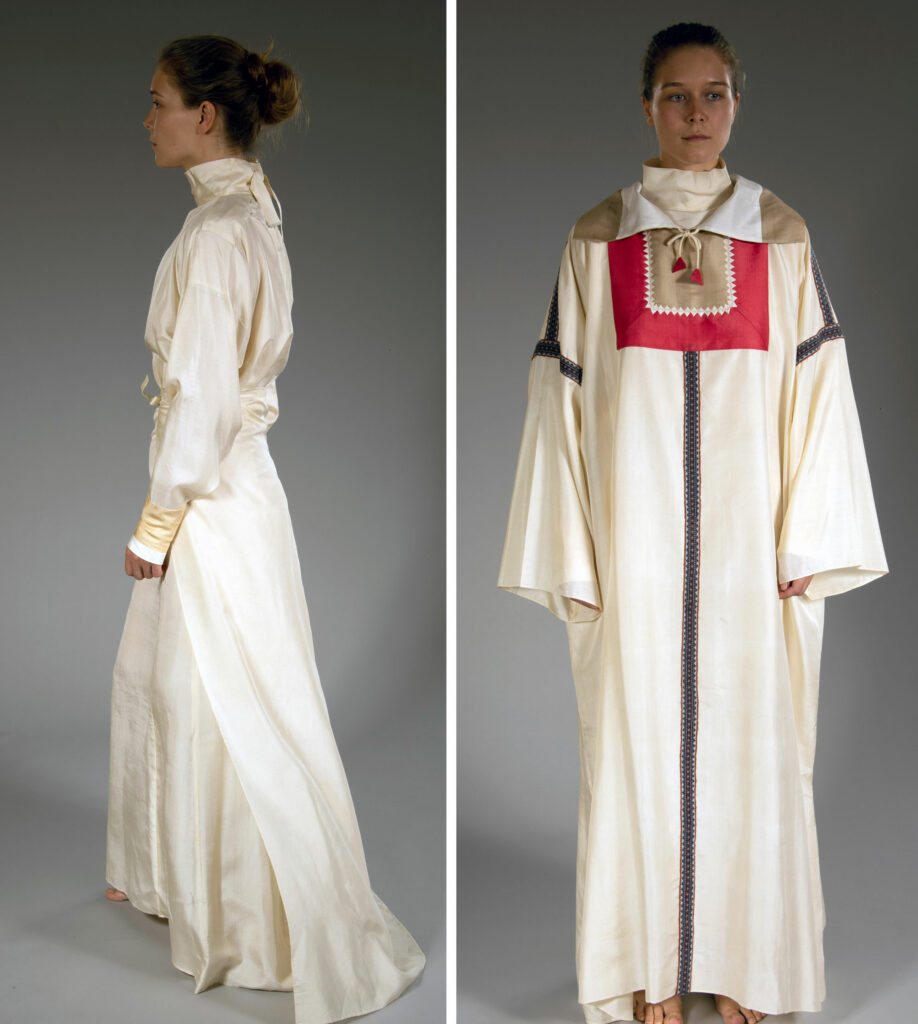
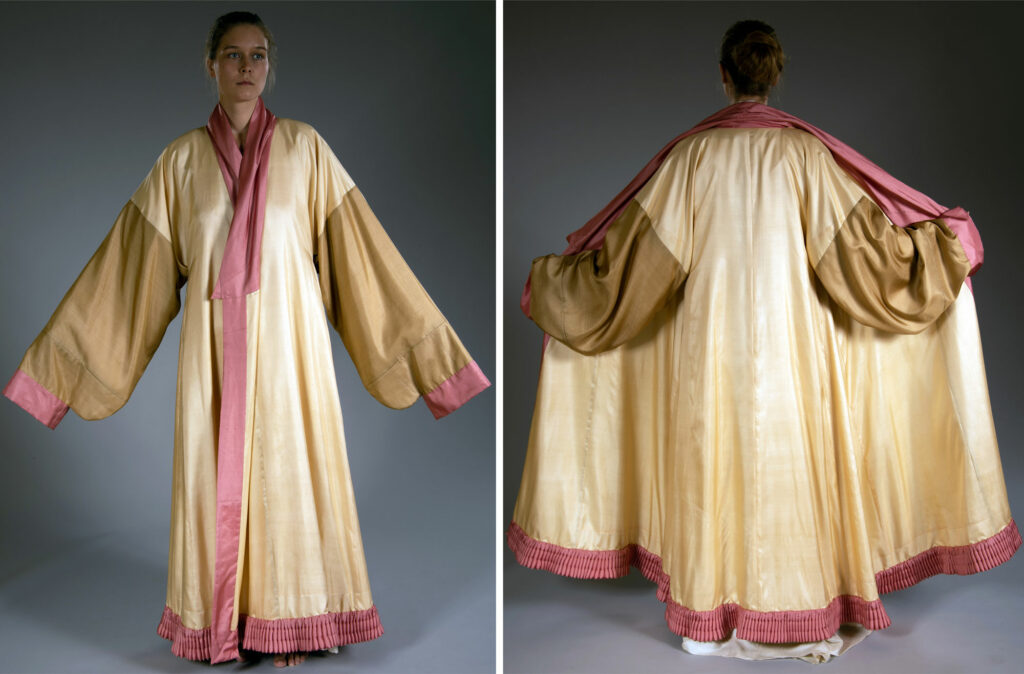
Video: Searching for Heretics
On Sunday, July 12, 1562, Diego de Landa, the highest-ranking Catholic authority in Mexico’s Yucatán Peninsula presided over an auto-da-fé, meaning “act of faith,” in the town of Maní. On that day, more than 150 prominent Maya people were punished for acts of heresy including worshipping idols and possessing books called codices that recorded details of Maya ritual practice. As part of the auto-da-fé, many thousands of idols and other cultural artifacts were demolished, and 27 codices were burned. To see a reenactment of the auto-da-fé, click on the video below. To provide English translation, click on the box labeled CC. To read our article on the discovery of evidence of the 1562 auto-da-fé, click here.
The reenactment was produced by Antonio Rodríguez Alcalá of Anáhuac Mayab University, John Chuchiak of Missouri State University, Zoraida Raimúndez Ares of the Complutense University of Madrid, Maria Felicia Rega of the Institute of Heritage Science of the Italian National Research Council, Luis Díaz de León of the Autonomous University of Yucatán, and Hans B. Erickson of Missouri State University.


